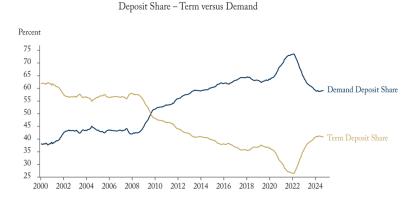Canada’s seniors were among the first to be vaccinated and the results are in: both full and partial vaccination are highly correlated with declining case and mortality rates for Canada’s senior population.
Canadian seniors over 80 had the highest population case rate throughout the majority of the pandemic until mid-March of this year, when 75 percent of those individuals had received their first vaccination dose and 12 percent had received their second dose. The pandemic’s third wave peaked a month later, but thanks to public health policy vaccination prioritization, cases were relatively low for older seniors (80+). Meanwhile, younger seniors (60-79) awaiting vaccination suffered similar population case and mortality rates as in the first two waves. Fortunately, vaccination rates continued to rise over the summer leading to a steady decline in COVID-19 cases among all seniors.
While these results might not seem remarkable – the vaccine had the expected effect of reducing cases and associated mortality – the success of vaccines is remarkable because they were available so quickly.
The accelerated timeline was only possible with innovation on all fronts: government and industry funding for research flowed; there was (unfortunately) no shortage of clinical trial participants, and international representative studies could be conducted relatively quickly; health authorities convened expert groups and implemented emergency regulations to accelerate timelines for approval.
Canada’s early efforts to procure more doses than would likely be needed meant that protectionist policies in other countries, where pharmaceutical companies and manufacturers are located, only moderately delayed vaccination efforts. Strategic use of available doses was hugely successful in bringing down case numbers and protecting the most vulnerable members of Canada’s population.





